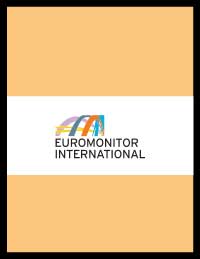Urbanisation and the rising middle-class constituency has increased the number of consumers with the disposable incomes to support a taste for wine. Thus, more and more Kenyans have embraced social wine drinking. As a result, volume sales of wines grew healthily, especially in the on-trade channel, through the review period. The expansion and popularity of bars, and other social and entertainment spots, including restaurants, specifically in urban centres, fuelled growth. The Kenyan wine industr...
Euromonitor International’s Wine in Kenya report offers a comprehensive guide to the size and shape of the market at a national level. It provides the latest retail sales data (2015-2019), allowing you to identify the sectors driving growth. It identifies the leading companies, the leading brands and offers strategic analysis of key factors influencing the market - be they legislative, distribution or pricing issues. Forecasts to 2024 illustrate how the market is set to change.
Product coverage: Fortified Wine and Vermouth, Non-Grape Wine, Sparkling Wine, Still Light Grape Wine.
Data coverage: market sizes (historic and forecasts), company shares, brand shares and distribution data.
Why buy this report?
* Get a detailed picture of the Wine market;
* Pinpoint growth sectors and identify factors driving change;
* Understand the competitive environment, the market’s major players and leading brands;
* Use five-year forecasts to assess how the market is predicted to develop.
Euromonitor International has over 40 years’ experience of publishing market research reports, business reference books and online information systems. With offices in London, Chicago, Singapore, Shanghai, Vilnius, Dubai, Cape Town, Santiago, Sydney, Tokyo and Bangalore and a network of over 800 analysts worldwide, Euromonitor International has a unique capability to develop reliable information resources to help drive informed strategic planning.



